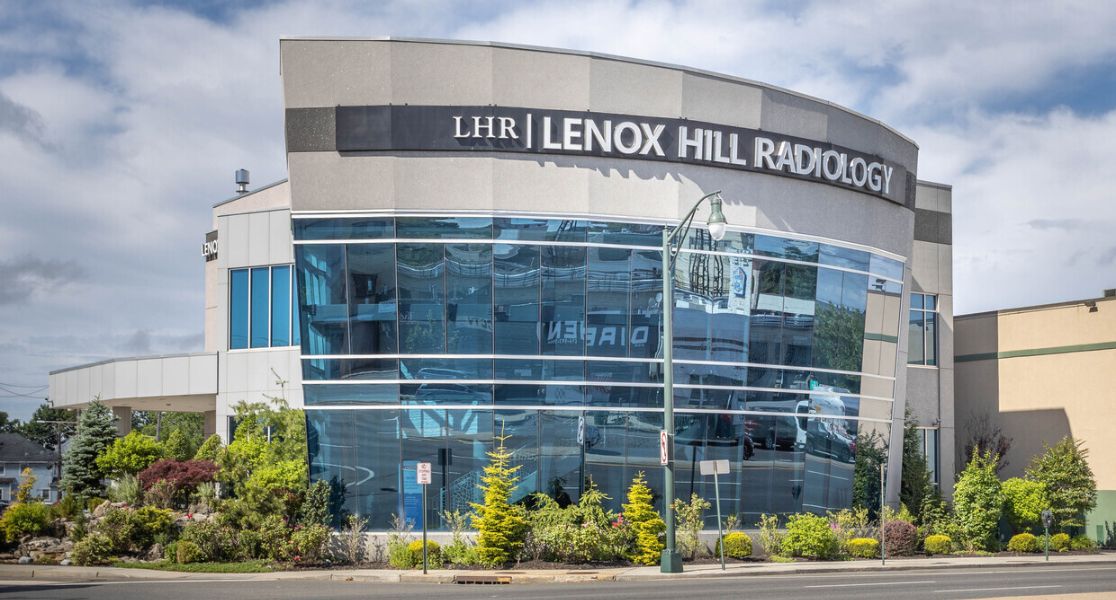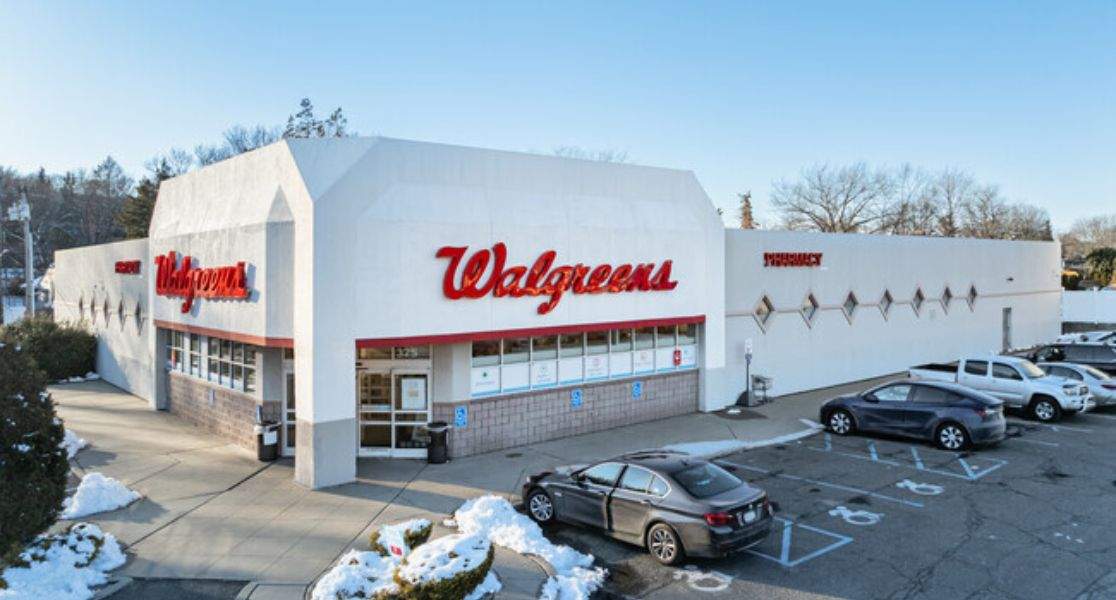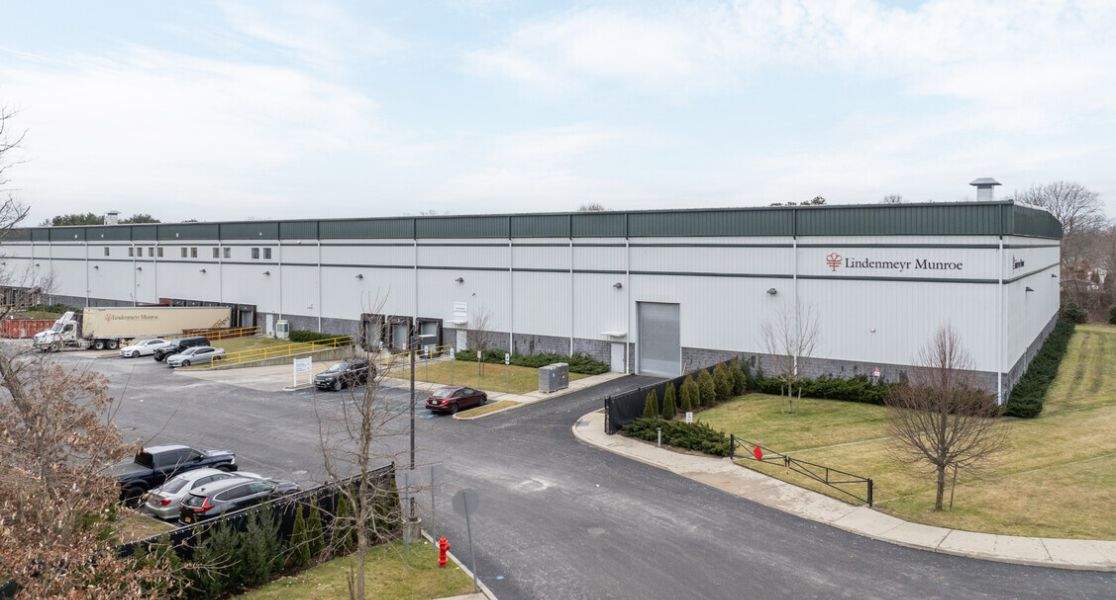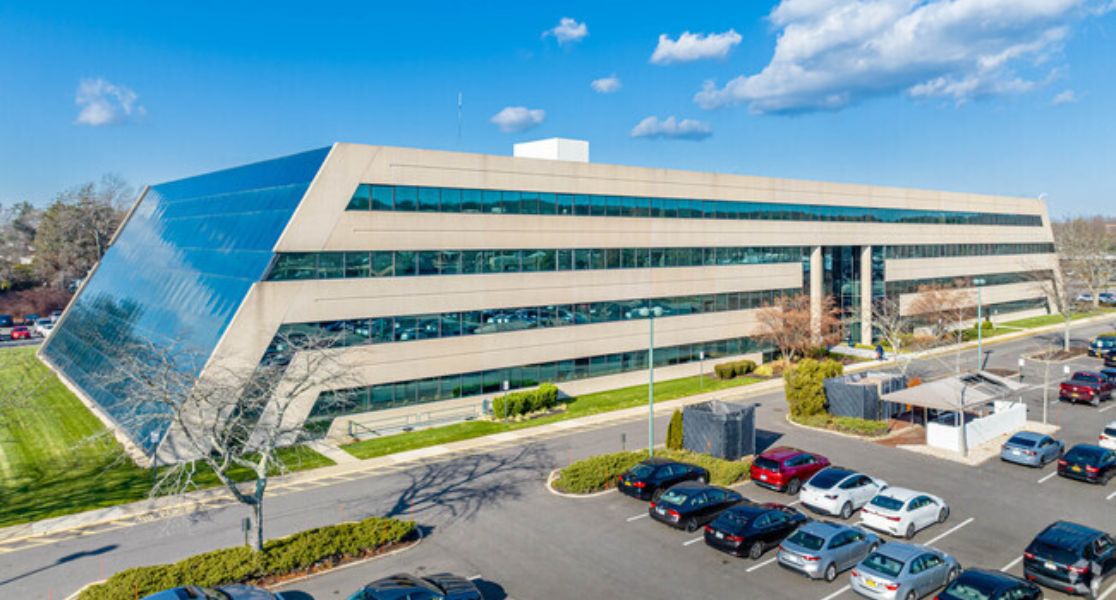The term “going green” definitely gets tossed around a great deal, but what exactly does it mean?
Going green largely means reducing the amount of energy and natural resources that are being consumed. Achieving this goal can take many forms.
In the real estate industry, the largest expenditure of energy and natural resources is office buildings. According to the U.S. Green Building Council, each day in the United States office buildings account for 42 percent of total energy consumption, 65 percent of electricity consumption, 40 percent of greenhouse gas emissions, 30 percent of both raw materials waste and landfill waste and 12 percent of portable water consumption. “The energy you use to light the space that you’re in, the computer itself, the heating and cooling systems, all those systems are running,” explains Bob Rose of the U.S. Environmental Protection Agency. In short, “going green” means taking numerous environmental factors into consideration.
Taking steps to help the environment can and does translate into ample cost savings for businesses of all kinds. The Environmental Protection Agency estimates that if each building owner transitioned to “going green”, by 2015 Americans would reduce the greenhouse gas emissions by amounts equal to the emissions from 15 million vehicles, while saving $10 billion in the process. $10 billion is a pretty substantial motivator! These undeniable facts and statistics really jump off the page and are enough to inspire action. Some of the largest names on Long Island real estate have taken huge leaps in the effort to “go green.” Developers and landlords have worked to put Long Island on the map, with this comes adopting green practices.
LEED, or Leadership in Energy & Environmental Design, is an important part of the green process in real estate. The reason is that LEED is transforming the way we think about how our buildings and communities are designed, constructed, maintained and operated across the globe; the end result is less waste, greater efficiency and, of course, considerable savings for developers and landlords alike.
What is it that the LEED program does? The LEED program provides third-party verification of green buildings. The way the system works is that building projects satisfy prerequisites and earn points for achieving different levels of certification. LEED credential holders have a deep understanding of the most current green building principles and practices, and show a clear commitment to professional growth in the field. We have several examples of LEED buildings right here on Long Island… Read More





